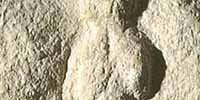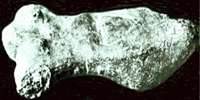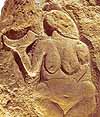Back to Don's Maps
Venus figures from Western Europe

|
The Venus of Moravany |

|
The Venus of Abri Pataud, as well as the site of Abri Pataud |

|
The Venus of Craiova, Romania |

|
The Venus of Polichinelle |

|
The Venus of Monpazier |
|
|
The Tursac Venus |

|
The Lion Lady - Die Lowenfrau |

|
The Venus of Brassempouy |

|
The Venus Impudique |

|
The Venus of Lespugue |

|
The Venus of Savignano |

|
Figurines of Balzi Rossi |

|
Fanny - The Galgenberg Venus |


